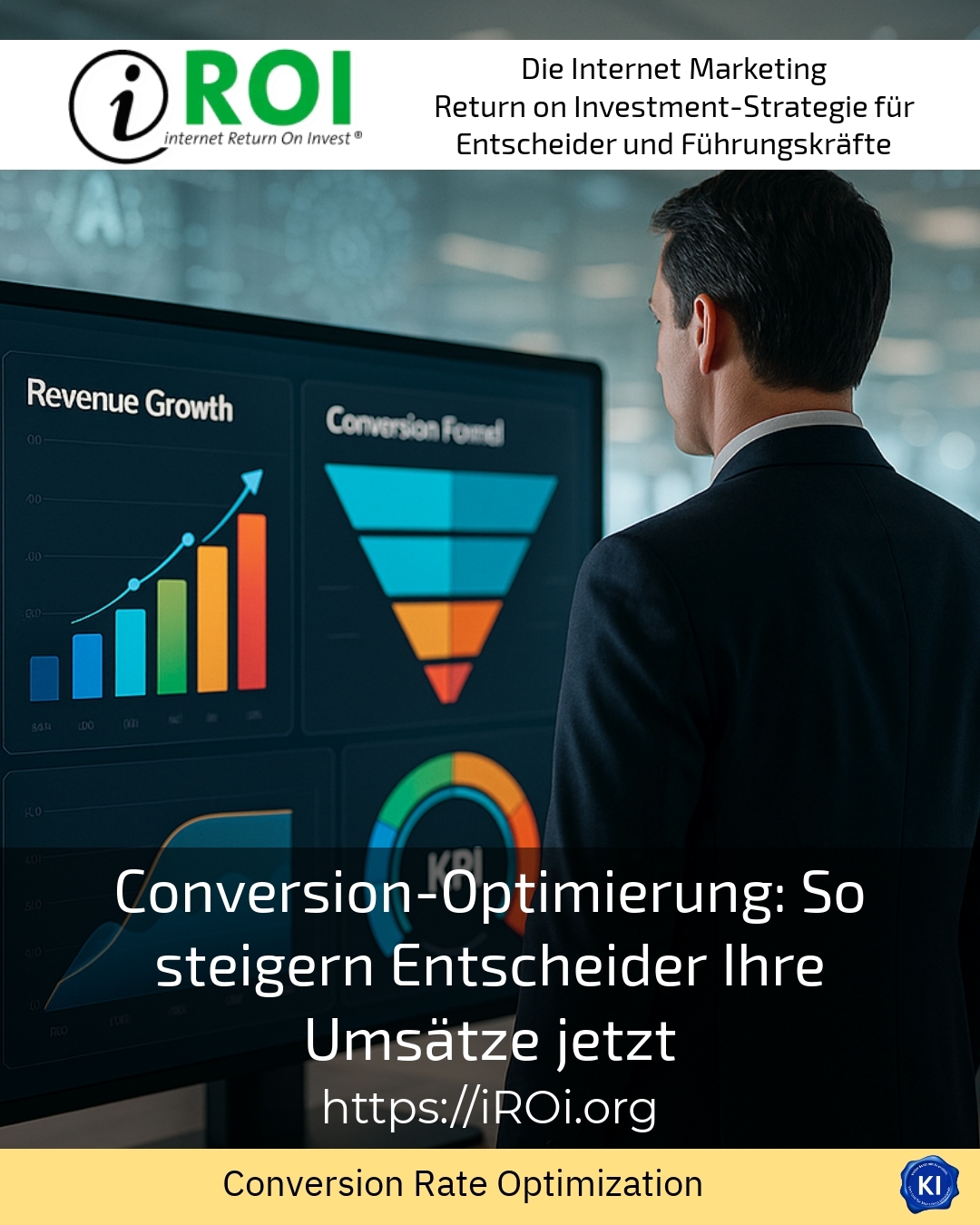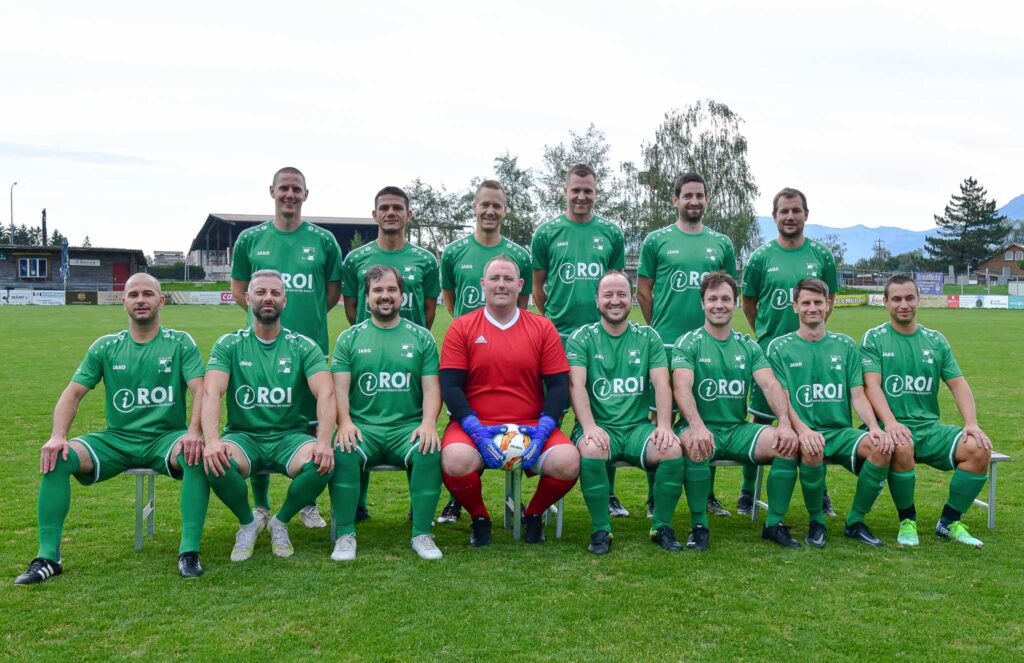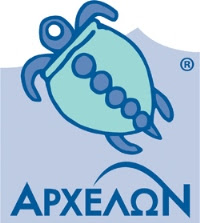If you are writing or using articles to share your skills and knowledge with a wider internet community, it may be time to pause and consider the extent to which this article marketing activity is generating revenue for your online activities.
Even though article marketing depends on many factors that do not allow an exact calculation of the benefits in monetary terms, we cannot escape the fact that when it comes to the profitability of an online business, we have to think in dollars and cents.
Statistics play a major role here when it comes to correlating revenue with the articles we write.
For example, is it possible to project revenue on the number of articles we write, since there are factors that apply only to the author and not to any other person?
This is where simple maths helps us to relate the income to the articles we have written.
Over a period of e.g. six months, an author of various articles can create a diagram of the income from writing articles, where the y-axis represents the income and the x-axis the number of articles written and the number of article repositories to which the article was submitted remains constant.
In this particular case, for example, if you market these articles to article repositories like ezinearticles.com or goarticles.com, your revenue on the "y" axis is the payout from Google Adsense for the month if you do article marketing exclusively, and the "x" axis is the number of articles you submitted.
Over the 6-month period, you will have enough data on the graph for which you can draw a best-fit curve or apply the principles of linear regression to form a straight line that passes through most of these points on the graph, with the line represented by the equation y=mx+c
The function of the regressed straight line indicates that the derived turnover is a function of "m", the slope or inclination of the line, and a constant "c".
The constant "c" is the value where the straight line intersects the "y" axis, and this is the particular part that comes from the individual and is a representation of their writing skills, writing style, language mastery and factors that only the individual possesses.
By conducting a correlation study between the revenue generated and the number of articles submitted as part of article marketing, holding other factors as constant as possible, it will be possible to assess the quality of the author's writing. It will also be possible to form a rough basis for projecting further income on the number of articles planned, ignoring other factors such as keyword selection, onsite and offsite search engine optimisation, which are not considered in the study, and based only on individual writer 'flair' and ability as measured by the constant 'c'.
Whilst this is by no means exact and is only an approximation, keeping statistics and charts like this is useful to help the marketer recognise sudden changes in trends, especially if performance or sales suddenly deviate from the norm (or mean).
He can then analyse what led to this deviation from the mean value and why. Recording these details highlights any changes that might otherwise be overlooked.
While it is common for internet marketers to use software scripts to track their revenue from Google Adsense, most scripts do not lend themselves to this particular graphical analysis, as explained. It is only when the graphs are created by hand, albeit in such a simple way, that the internet marketer is sensitive enough and observant enough to notice sudden changes or consider which factor they should change when creating their articles in order to generate more revenue.
He can go deeper and ask himself this question: "Since revenue is directly proportional to the slope of the revenue line, what factors change the slope?".
If he knows these factors, he can vary them and test his changes.
By correlating revenue with the number of articles written, the internet marketer has a way of predicting profitability, no matter how rough it is. He has a set of statistics that he can use for further research and analyses or, as it is called in marketing, for "tests".

iroi.org
iROI - internet Return on Invest
Digital marketing with artificial intelligence
Business excellence for decision-makers & managers by and with Sanjay Sauldie

iROI - internet Return on InvestDigital marketing with
Artificial intelligence
Correlate your earnings with the articles you write
written by:
Keywords:
Follow me on my channels:
Questions on the topic? Contact us now without obligation
- Community support: How decision-makers master community management
- Optimise the customer journey: How decision-makers increase their success
- Conversion optimisation: How decision-makers can increase their sales now
- How to maximise your affiliate income: Proven strategies
- Content strategy: How decision-makers ensure sustainable marketing success













